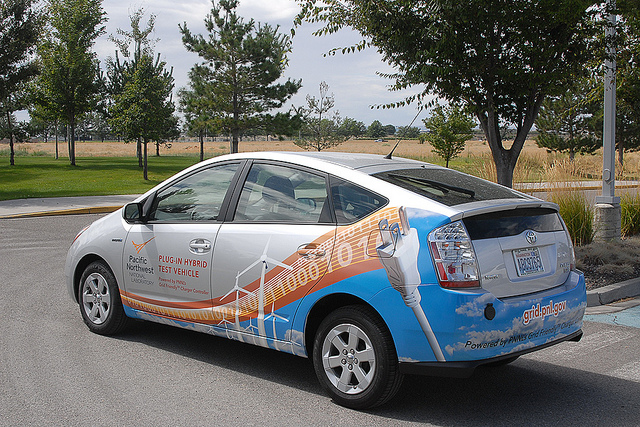NAS: By 2050, it’s possible to cut car petroleum use by 80 percent
Ars Technica » Scientific Method 2013-03-19

After years of inaction, the US government managed to cut a deal with automobile manufacturers that would prompt the first significant increases in average fuel efficiency in many years. It's part of a plan that would see the average fuel economy clear 50 miles-per-gallon by 2025. Although that may seem like a large leap, it will still leave the US' efficiency standards well below those of other industrialized nations.
A new report by the National Academies of Science looks well beyond these goalposts. It looks at what it would take to get a 50 percent reduction in petroleum use by 2030 and a full eighty percent drop by 2050. To make matters a touch more challenging, it also looks at what it would take to get an 80 percent reduction in greenhouse gas emissions from our light-duty vehicle fleet. The answer is that no single technology is going to be capable of all of this, which means success would require a mix of technologies on the road at the same time. According to the report, none of it will come close to happening without a concerted policy push.
The cars under consideration here—the light duty vehicle category—are the sorts of things that most of us drive for commutes or to run errands. Collectively, they burn through about half of the petroleum consumed in the US and create more than 15 percent of its greenhouse gas emissions. That's enough to make them a significant cost in both financial and environmental terms, and it's a critical factor in the country's strategic decisions and international politics. The report emphasizes repeatedly that it will be expensive to drive the sorts of massive efficiency gains it describes, but it's an investment that will more than pay for itself.
Read 9 remaining paragraphs | Comments